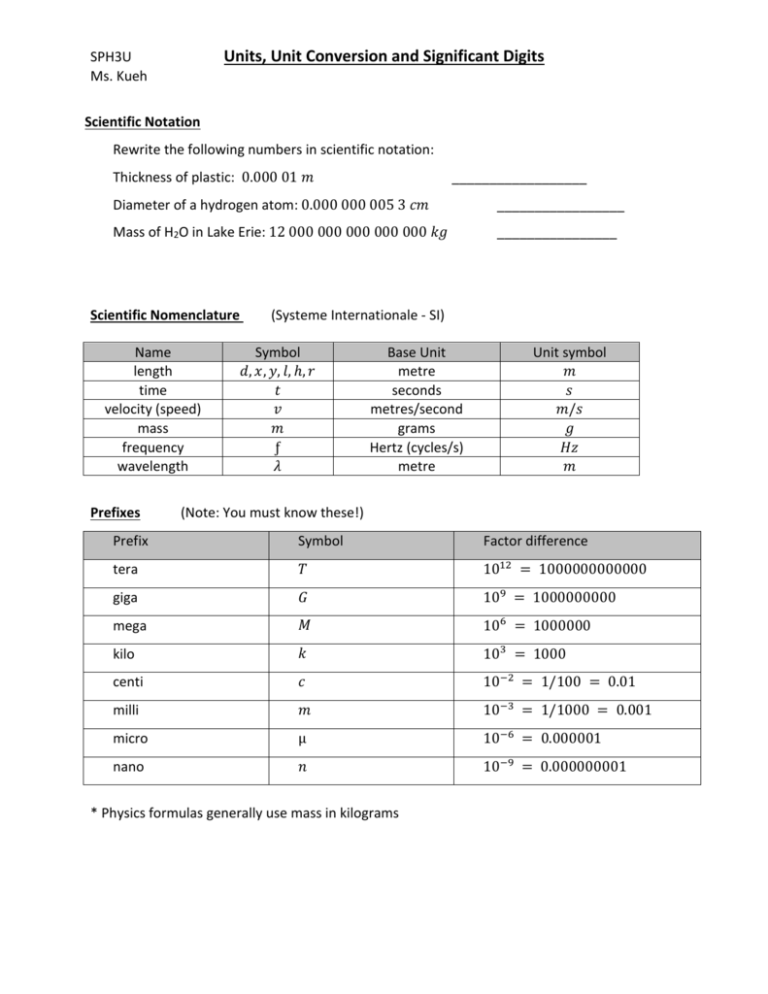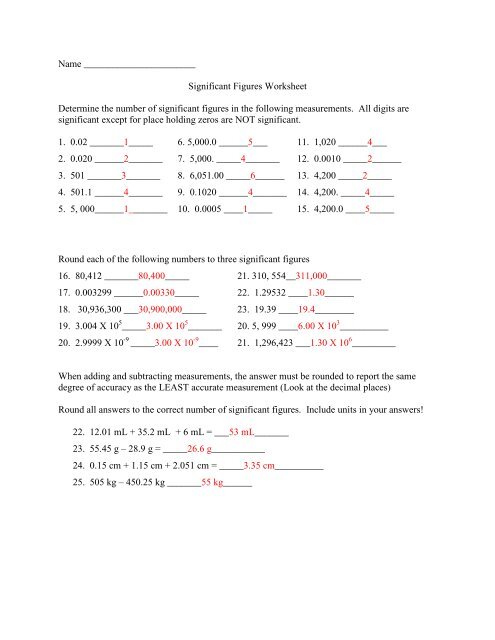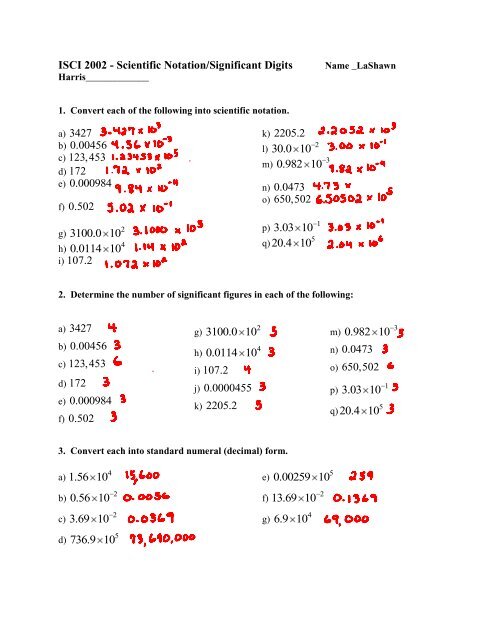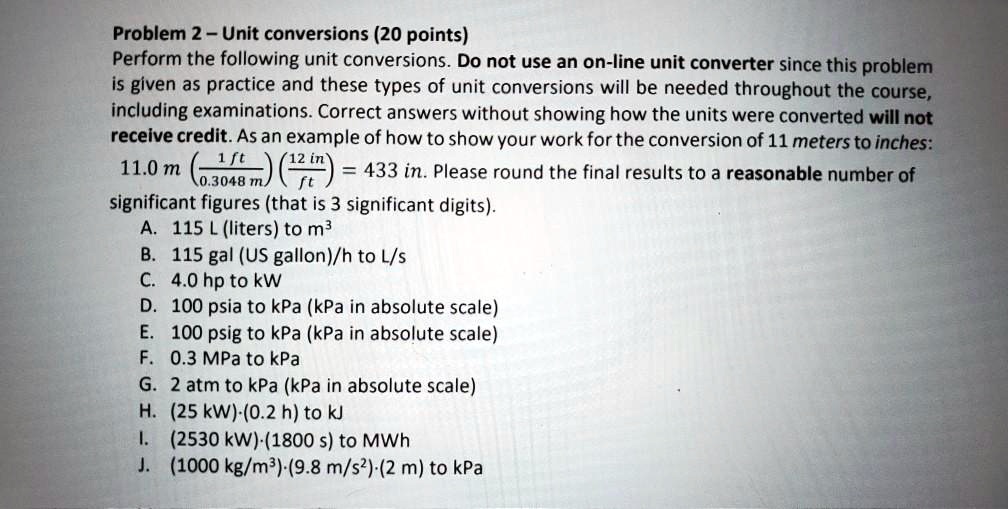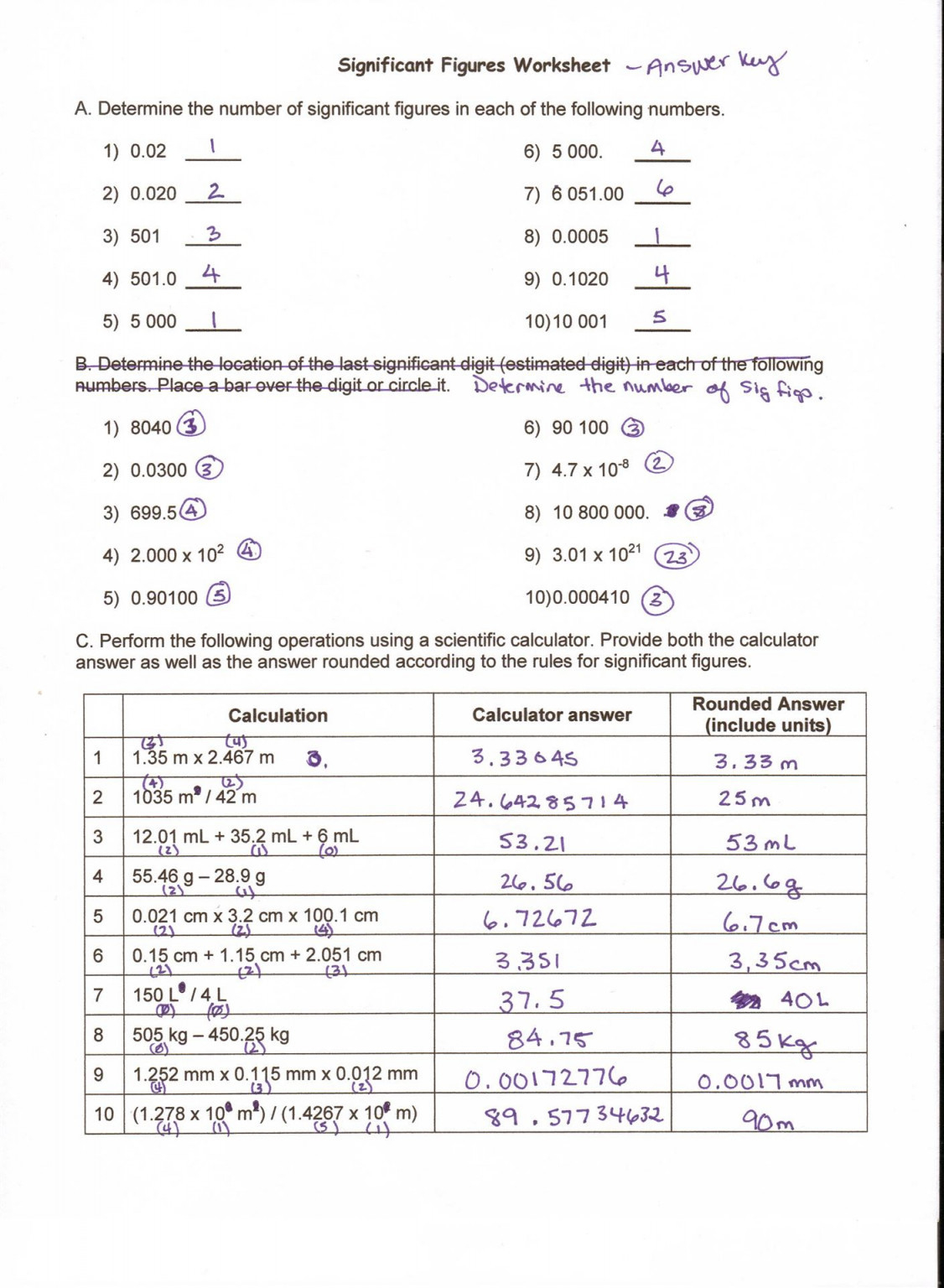Unit Conversion And Significant Figures Crash Course Chemistry #2 Answers

Alright, buckle up buttercups! We're diving headfirst (but safely!) into the wild world of unit conversion and significant figures. Think of it as a crash course in turning gobbledygook into gold! You’ve got this!
Unit Conversion: From Goofy to Great
Ever tried explaining to someone that you ran 10,560 feet instead of 2 miles? Exactly! Unit conversion is all about speaking the same language, whether it's measuring your height or baking a cake. It's about morphing one unit into another.
Imagine you’re building a Lego castle. The instructions are in centimeters, but your ruler only speaks inches. That's where conversion factors swoop in like tiny, mathematical superheroes.
Let's say you need to convert 5 kilometers into miles. A conversion factor tells us 1 kilometer is approximately 0.621371 miles. Multiply 5 by 0.621371, and BAM! You’ve got your answer in miles (approximately 3.1 miles!).
Tips and Tricks for Unit Conversion Triumph
First, always, always, ALWAYS write down your units. Seriously. Pretend they're your best friends and you can’t bear to be separated.
Next, set up your equation so the units you don't want cancel out. It's like a mathematical Marie Kondo – get rid of anything that doesn't spark joy (or doesn't belong!).
Finally, double-check your answer! Does it make sense that 5 kilometers is only 3 miles? A little mental math goes a long way.
Significant Figures: The Art of Not Lying (Too Much)
Significant figures are all about precision. They tell you how accurately you know a measurement. Think of it like this: saying you have exactly 3,456,789 grains of sand on the beach is, well, a tiny bit of a stretch.
A significant figure is any digit that isn't a zero used just to hold a place. Leading zeros (like in 0.005) don't count, but trailing zeros after a decimal point (like in 5.00) totally do!
Imagine weighing yourself on a super-precise scale. If it says 75.0 kg, that zero is significant! It means the scale is accurate to the nearest tenth of a kilogram. Yay, precision!
Significant Figures: Operation Edition
When multiplying or dividing, your answer can only have as many significant figures as the number with the fewest significant figures in the calculation. It's like the weakest link in a chain.
If you're adding or subtracting, the answer should have the same number of decimal places as the number with the fewest decimal places. Keep those decimal places in line!
Remember, rounding is your friend! Round at the very end of your calculations to avoid accumulating errors. We’re aiming for accuracy, not chaos!
So there you have it! Unit conversion and significant figures demystified. Armed with these tools, you can confidently tackle any chemistry problem that comes your way. Go forth and convert, calculate, and conquer!
Don't forget to breathe! You're doing great. Now go treat yourself to something delicious; you earned it!



